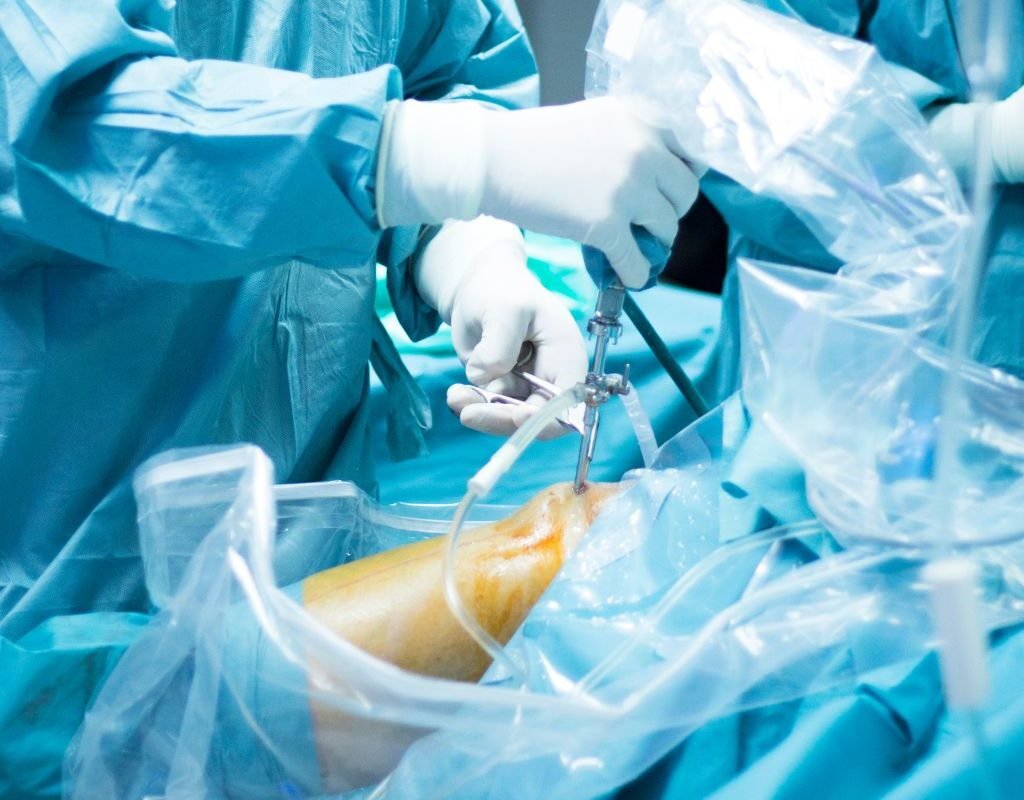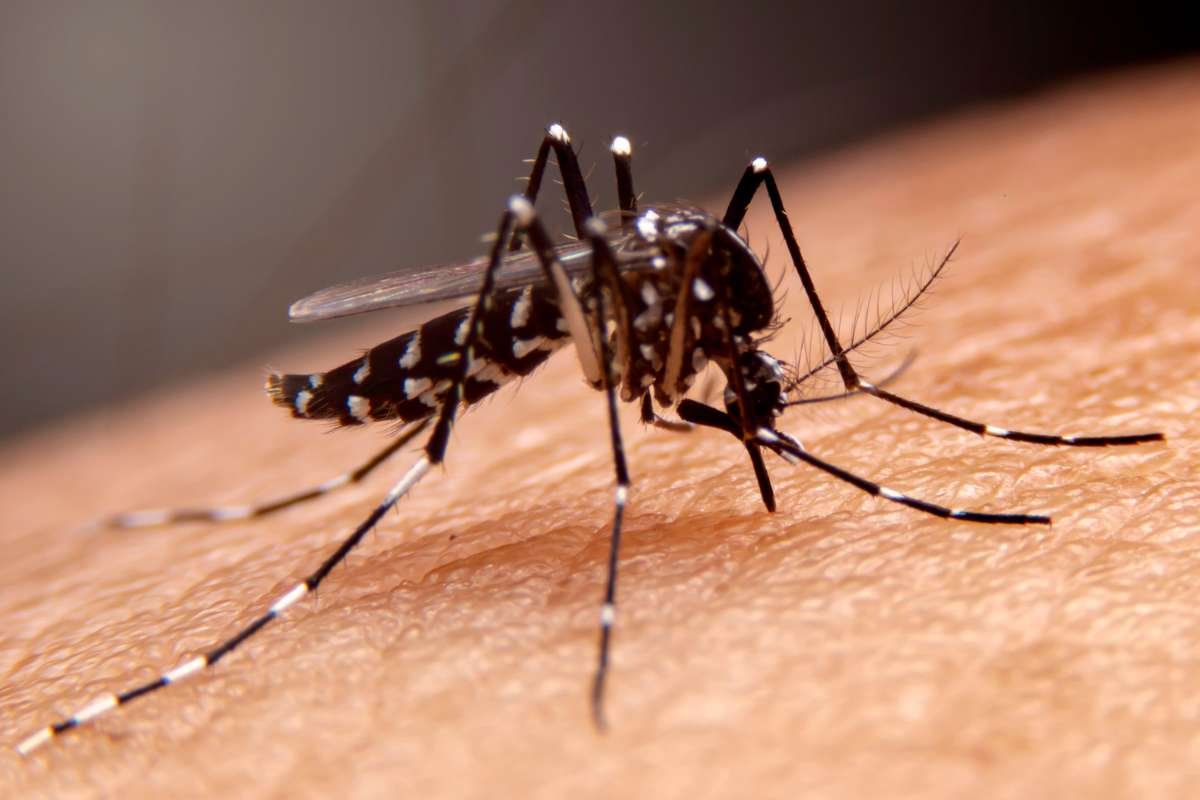( Image by kkolosov )
Title: UCL Leads £17 Million Hub to Revolutionize Cancer Detection with Imaging Technology
Data Collection:
University College London (UCL) will spearhead a new £17 million hub dedicated to advancing cancer detection through cutting-edge imaging technologies. The Optical and Acoustic Imaging for Surgical and Interventional Sciences (OASIS) Hub, led by Professor Danail Stoyanov, will focus on developing diagnostic tools using light and sound to detect early signs of cancer. UCL is also involved in a £12 million collaboration to address age and disability-related mobility challenges. Both initiatives are part of a major UK Research and Innovation (UKRI) Engineering and Physical Sciences Research Council (EPSRC) funding award.
Development:
The OASIS Hub aims to create affordable, portable devices that enhance the detection of cancer through optical and acoustic methods, including AI-assisted imaging. Current imaging technologies used in surgery often miss critical details, which can result in incomplete cancer removal and the need for further surgeries. OASIS will collaborate with institutions such as Imperial College London, the University of Cambridge, and NHS Trusts, with work starting in 2025.
Key Features:
The VIVO Hub for Enhanced Independent Living, another UCL-led project, will focus on developing robotic clothing and wearable devices to improve mobility for the elderly and disabled. This initiative is led by the University of Bristol and supported by UCL and other leading institutions. The £11 million VIVO project will enhance independent living by integrating smart materials and sensors into robotic systems for in-home care.
Performance and Significance:
These two projects, among five funded by a £118 million investment from the EPSRC, aim to transform healthcare by advancing imaging for cancer detection and developing physical assistance devices. These groundbreaking technologies have the potential to improve patient care both in the UK and globally, according to UK Science Minister, Lord Vallance.
Conclusion:
The OASIS and VIVO hubs exemplify the UK’s commitment to innovation in healthcare technology, improving the quality of life for people facing cancer and mobility issues. These collaborative efforts between academia, industry, and healthcare professionals promise to lead to life-changing advances for millions.
Title: Study Reveals Osteochondritis Risk in Children Undergoing Knee Surgery

Data Collection:
A recent study conducted by Dr. Ken Iida and Specially Appointed Professor Yusuke Hashimoto at Osaka Metropolitan University’s Graduate School of Medicine examined the incidence of osteochondritis dissecans in children undergoing knee surgery for Discoid Lateral Meniscus (DLM). The study analyzed 95 cases of patients under 15 years old who had surgery between 2003 and 2017, with five years of post-surgery follow-up records.
Development:
The research categorized patients into two groups: 15 with pre-existing osteochondritis dissecans of the outer femoral epicondyle and 80 without the condition. The analysis aimed to evaluate post-surgical outcomes and identify risk factors associated with osteochondritis dissecans. The findings indicated that age is a critical risk factor for both recurrence and new cases, particularly in children aged 9 and under.
Key Features:
Results from the study revealed that 28.5% of the pre-osteochondritis group experienced a recurrence of the joint disorder following surgery. Meanwhile, 8.8% of the non-osteochondritis group developed the condition post-surgery. This data underscores the vulnerability of younger patients to post-operative complications.
Performance:
Surgical outcomes for patients in the pre-osteochondritis group were generally favorable; however, the notable recurrence rate emphasizes the need for careful consideration in surgical interventions.
Significance:
This study highlights the importance of recognizing the risks associated with knee surgery in children, especially regarding the development of osteochondritis dissecans. It suggests that younger patients may benefit more from conservative treatment approaches rather than immediate surgical intervention.
Conclusion:
The findings advocate for a reassessment of treatment strategies for children aged 9 and under, encouraging a shift towards non-surgical methods to reduce the likelihood of complications associated with osteochondritis dissecans following knee surgery.
Title: Brainstem Inflammation Linked to Long COVID Symptoms, Study Finds

Data Collection:
A recent study conducted by researchers from the Universities of Cambridge and Oxford has identified damage to the brainstem as a possible cause of persistent symptoms in individuals suffering from long-term COVID-19. The research utilized advanced 7-Tesla MRI scanners to analyze the brains of 30 hospitalized patients with severe COVID-19 early in the pandemic before vaccines became available.
Development:
The findings revealed that the COVID-19 infection affects brainstem regions associated with critical functions such as breathing, fatigue, and anxiety. Previous post-mortem studies had already indicated brainstem changes, including inflammation, in patients who succumbed to severe COVID-19, attributed mainly to immune responses rather than direct viral invasion. This study is significant as it allows for real-time observation of these changes in living patients.
Key Features:
The 7T scanners demonstrated abnormalities in key brainstem areas, particularly the medulla oblongata, pons, and midbrain, which were linked to a neuroinflammatory response several weeks post-hospitalization. Notably, patients reported long-lasting symptoms such as fatigue and breathlessness, reinforcing the connection between brainstem damage and long COVID. The study also noted that psychiatric symptoms like anxiety and depression are linked to the brain’s immune response to the virus.
Performance:
The researchers emphasized the importance of these findings in understanding long COVID and potentially related conditions such as multiple sclerosis and dementia. The collaboration during a critical period of the pandemic showcased the effectiveness of advanced imaging technology in monitoring brain health.
Significance:
This research enhances the understanding of the complex relationship between COVID-19 and its long-term impacts on mental and physical health. The results could pave the way for more effective treatments and monitoring strategies for patients suffering from brain-related conditions.
Conclusion:
As the COVID-19 pandemic continues to evolve, studies like this are vital in uncovering the underlying mechanisms of long COVID symptoms. The innovative use of 7T MRI technology provides hope for improved diagnosis and management of persistent health issues related to the virus.
Title: Common Breast Cancer Treatments Linked to Accelerated Aging, New Study Reveals

Data Collection:
A recent study from the UCLA Health Jonsson Comprehensive Cancer Center investigated the effects of common breast cancer treatments—chemotherapy, radiation, and surgery—on biological aging in survivors. The research, published in the Journal of the National Cancer Institute, utilized a two-year longitudinal study that tracked gene expression related to aging in women diagnosed with breast cancer before and after treatment.
Development:
The study focused on markers of cellular aging, such as DNA damage response, cellular senescence, and inflammation. Findings showed that these markers significantly increased across all treatment modalities, indicating a more extensive impact of breast cancer therapies than previously recognized. Lead author Judith Carroll highlighted that aging signals were evident not only in chemotherapy patients but also in those undergoing radiation and surgical interventions.
Key Features:
Using RNA sequencing, the research team analyzed blood cell gene expression, observing an increase in genes associated with aging processes. Notably, there was a rise in markers of cellular senescence—cells that cease dividing but do not die—suggesting that immune cells in breast cancer survivors were aging at an accelerated rate. Senior author Julienne Bower pointed out that these findings could target recovery strategies and enhance the quality of life for survivors.
Performance:
The study demonstrated a clear correlation between breast cancer treatments and accelerated biological aging, highlighting that regardless of treatment type, survivors exhibited patterns of increased DNA damage and inflammation. This insight is crucial for developing interventions aimed at improving post-treatment health outcomes.
Significance:
As the number of breast cancer survivors in the U.S. is projected to exceed 6 million by 2040, understanding the long-term effects of cancer therapies on aging is vital. The research emphasizes the importance of addressing aging-related conditions that can impair physical abilities, independence, and overall health in survivors.
Conclusion:
This study represents a significant advancement in comprehending the consequences of breast cancer treatments, aiming to inform strategies that improve both the lifespan and quality of life for survivors. The researchers plan to explore new biomarkers to assess biological aging rates and investigate protective behaviors, such as exercise and stress management that may mitigate these effects.







